Where oh Where Have the Fireplaces Gone?
old_home_lover
11 years ago
Related Stories

HOMES AROUND THE WORLDWorld of Design: 11 Book Lovers and Where They Like to Read
Bibliophiles across the globe reveal their top books and favorite reading spots, from a 2-story library to an artfully curated book nook
Full Story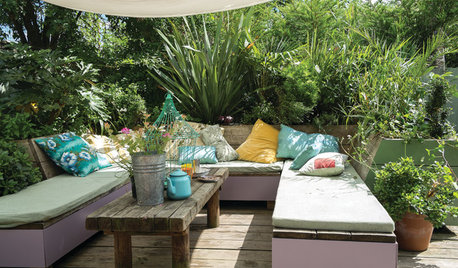
LIFEHouzz Call: Where (and What) Are You Reading This Summer?
Whether you favor contemporary, classic or beach reads, do the long and lazy days of summer bring out the lit lover in you?
Full Story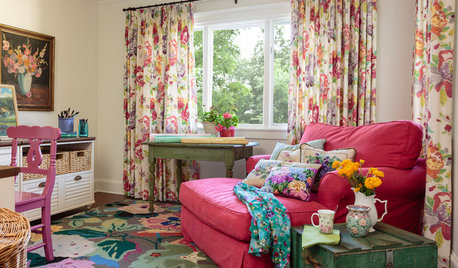
LIFEWhat You’re Reading This Summer — and Where
Check out Houzzers’ summer reading lists and get some ideas for your own!
Full Story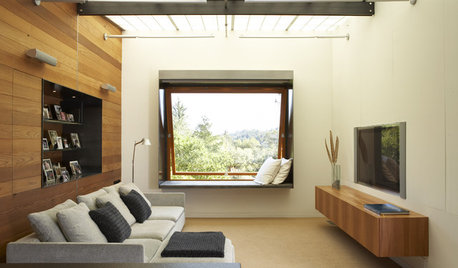
MORE ROOMSTech in Design: Where to Put Your Flat-Screen TV
Popcorn, please: Enjoy all the new shows with a TV in the best place for viewing
Full Story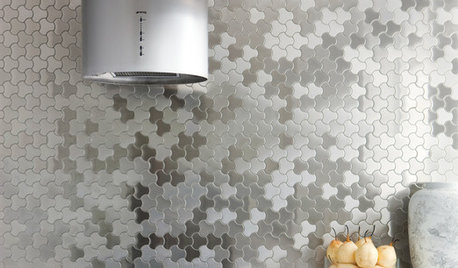
DECORATING GUIDESBling Where It’s Least Expected
Give your interior some sparkle and shine with metal tiles on a backsplash, shower or floor
Full Story
EXTERIORSWhere Front Yards Collide: Property Lines in Pictures
Some could be twins; others channel the Odd Couple. You may never look at property boundaries the same way again
Full Story
HOLIDAYSGuys, Where Do You Feel Most at Home?
For Father’s Day, we’d like to hear from the men. What part of your house makes you feel most like yourself — grounded and alive?
Full Story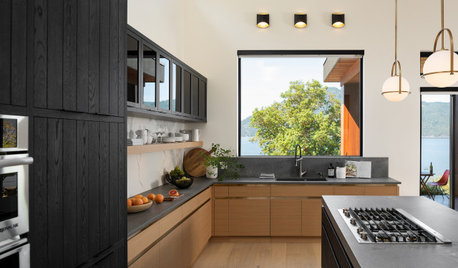
KITCHEN DESIGNWhere Should You Put the Kitchen Sink?
Facing a window or your guests? In a corner or near the dishwasher? Here’s how to find the right location for your sink
Full Story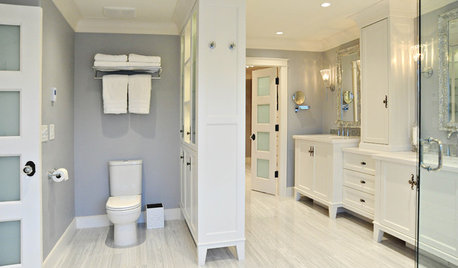
BATHROOM DESIGNBath Remodeling: So, Where to Put the Toilet?
There's a lot to consider: paneling, baseboards, shower door. Before you install the toilet, get situated with these tips
Full Story
GREAT HOME PROJECTSPower to the People: Outlets Right Where You Want Them
No more crawling and craning. With outlets in furniture, drawers and cabinets, access to power has never been easier
Full StoryMore Discussions











columbusguy1
sacto_diane
Related Professionals
Federal Heights Kitchen & Bathroom Designers · Ramsey Kitchen & Bathroom Designers · Fullerton Kitchen & Bathroom Remodelers · Elk Grove Kitchen & Bathroom Remodelers · Fort Pierce Kitchen & Bathroom Remodelers · Hunters Creek Kitchen & Bathroom Remodelers · Phoenix Kitchen & Bathroom Remodelers · Pinellas Park Kitchen & Bathroom Remodelers · Port Charlotte Kitchen & Bathroom Remodelers · Vashon Kitchen & Bathroom Remodelers · South Jordan Kitchen & Bathroom Remodelers · Forest Hills Kitchen & Bathroom Remodelers · Baltimore Architects & Building Designers · Pembroke Architects & Building Designers · Saint Paul Architects & Building Designerspolly929
old_home_loverOriginal Author
polly929
sombreuil_mongrel
schoolhouse_gw
old_home_loverOriginal Author
antiquesilver
liriodendron